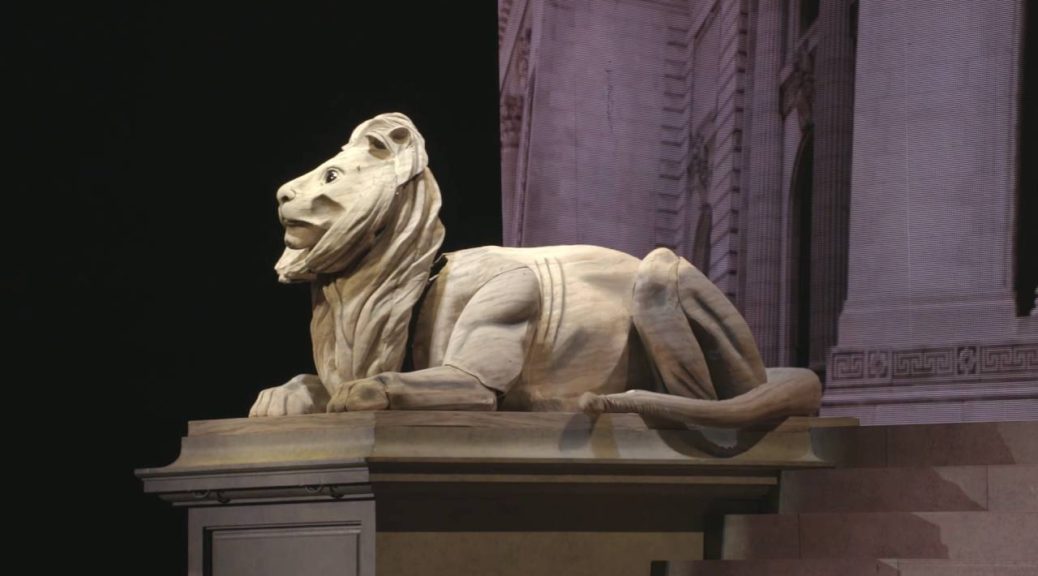How to Slush Cast a Prop Helmet – Tested visits Frank Ippolito to learn how to slush cast the Rocketeer helmet, which is perhaps the greatest helmet in cinematic history.
‘She Loves Me:’ David Rockwell Serves Up Old World Flavor with Modern Flair - She Loves Me snagged the Tony for Best Set Design of a Musical, preventing Hamilton from a clean sweep. Find out all the details and dressing that go into this amazing set for a show with horrible music.
New York Spectacular Statue: New York Public Library Lions – Matt Acheson tells us how he brought the NYPL lions to life (in puppet form) for The Rockettes latest show.
Make Edible Paper in 3 Easy Steps – I haven’t tried this recipe yet, but edible paper is one of those prop things that come up from time to time. Sure, you can buy it, but if you need a custom color or size, this may be the way to go.

